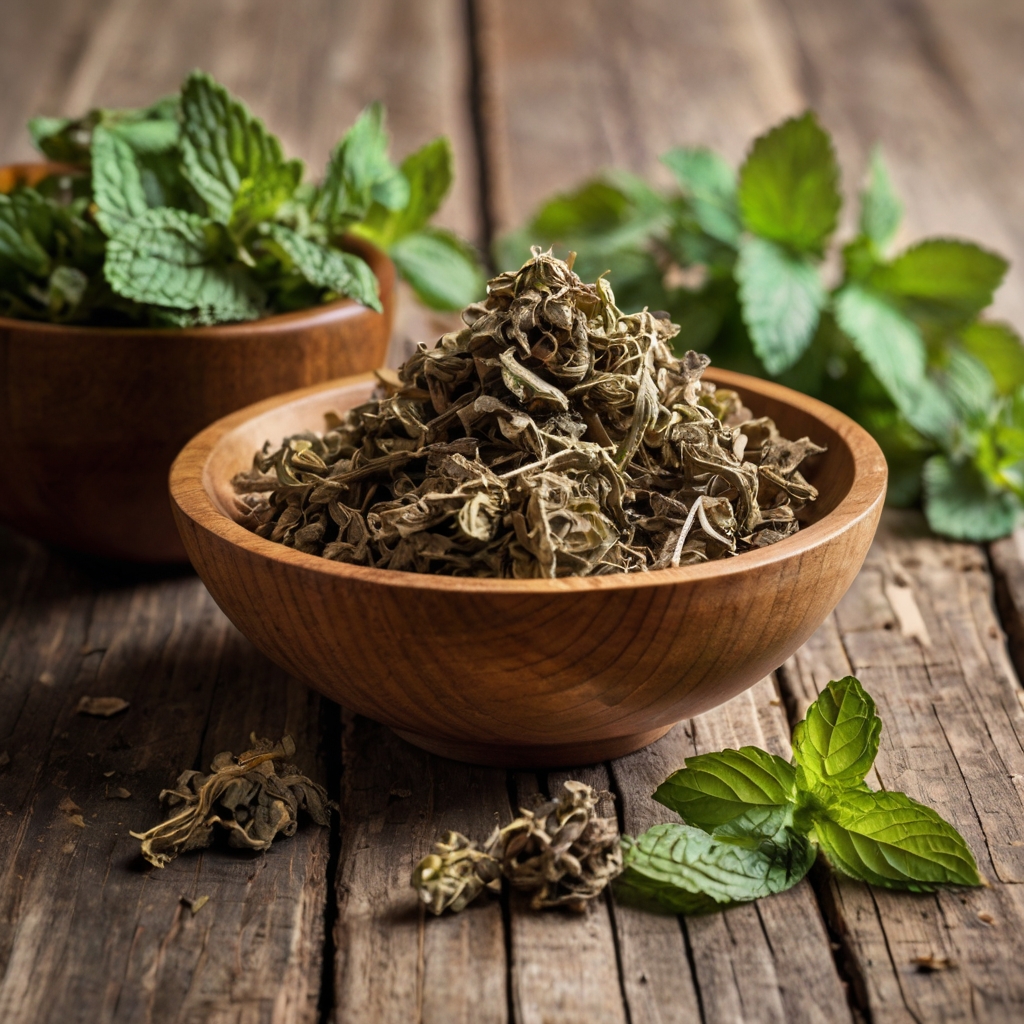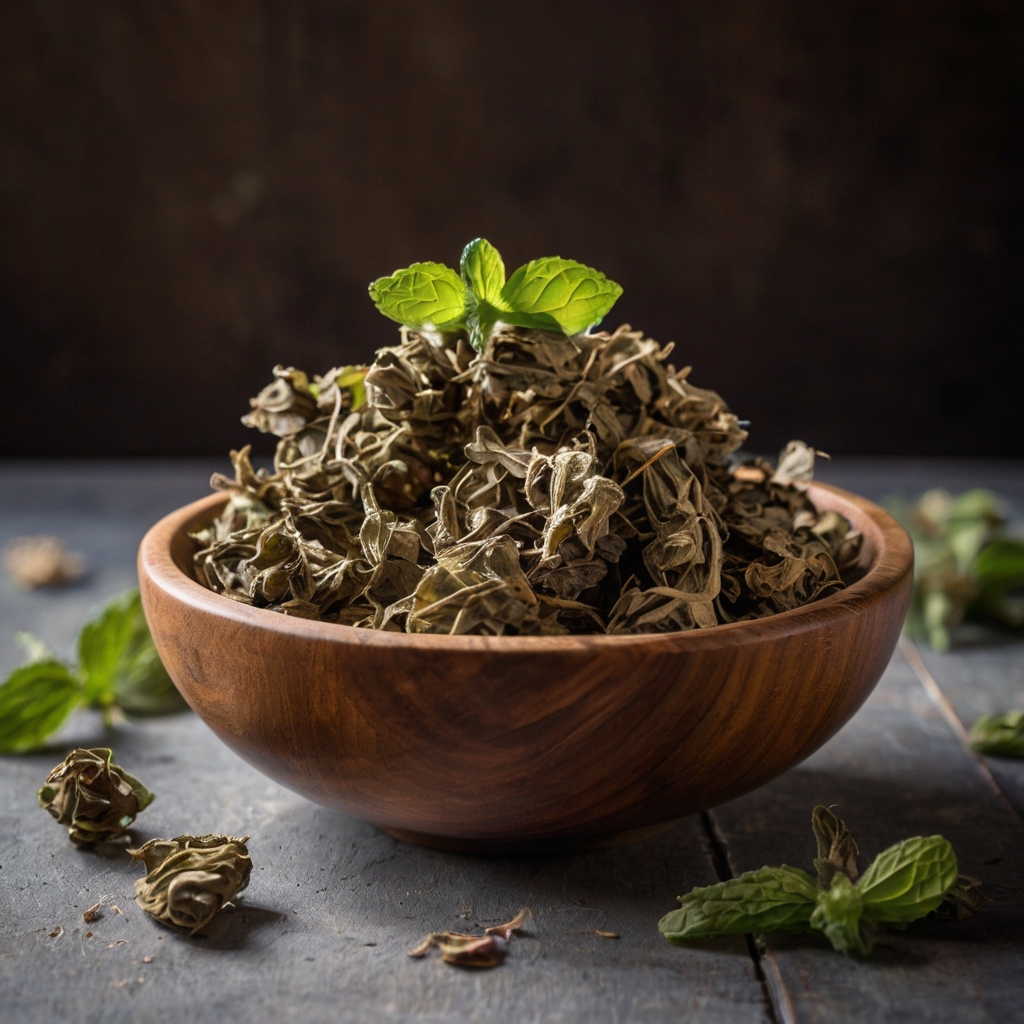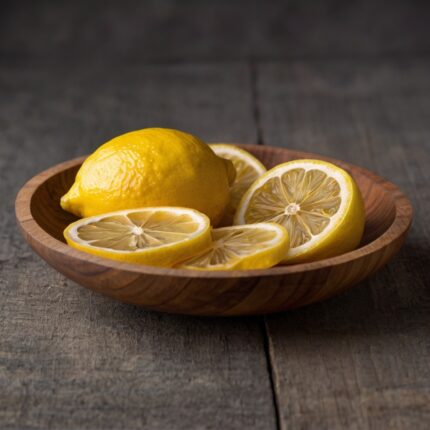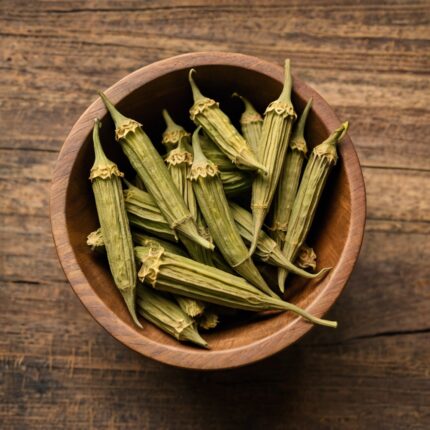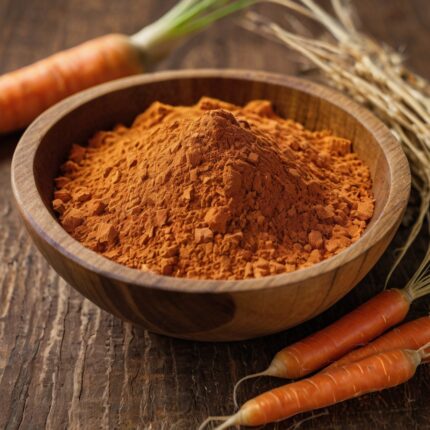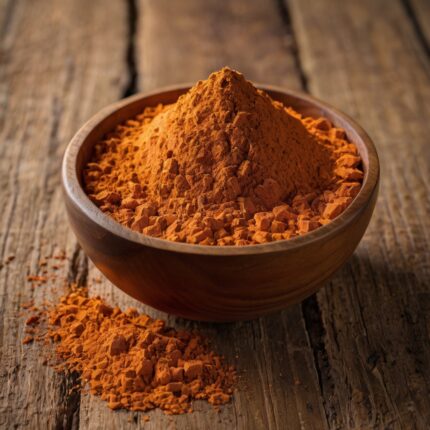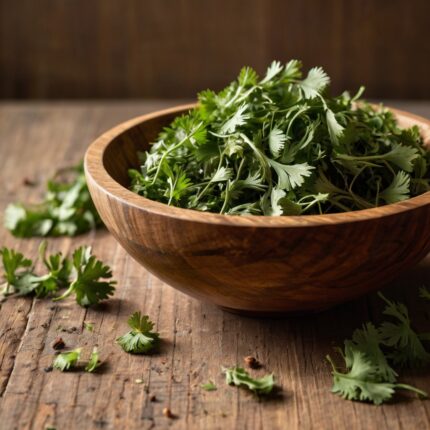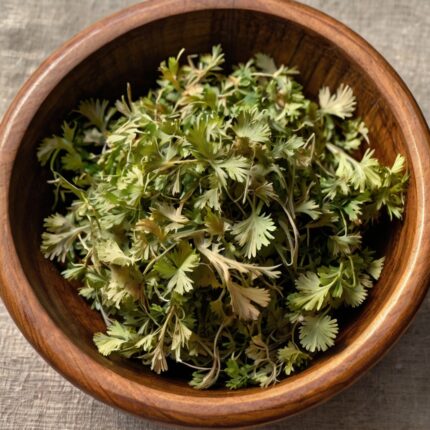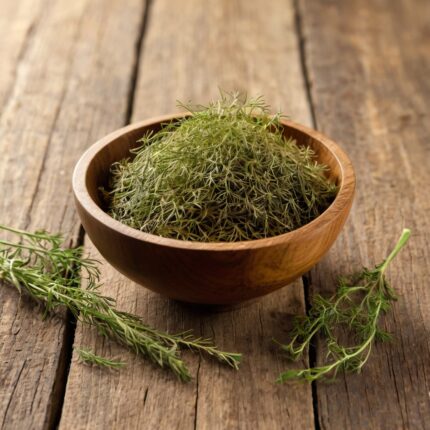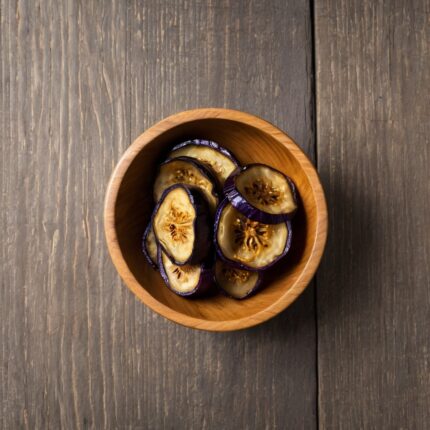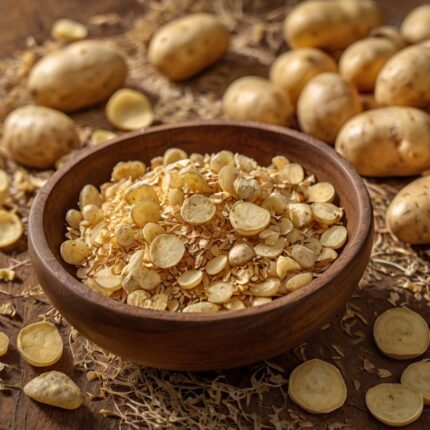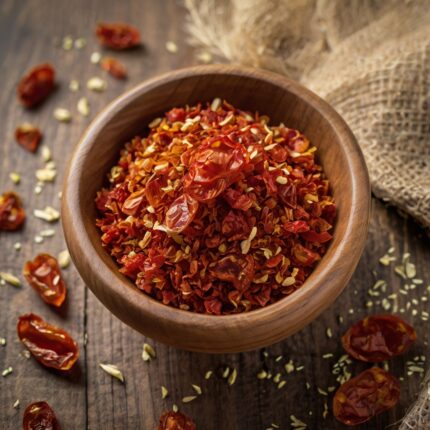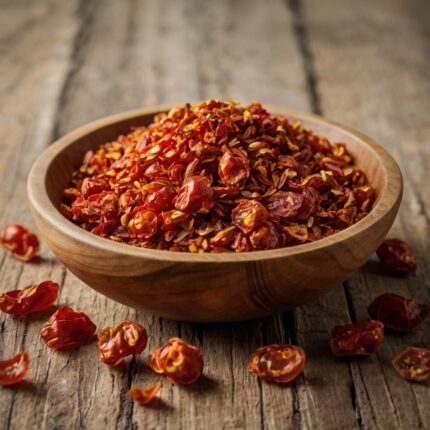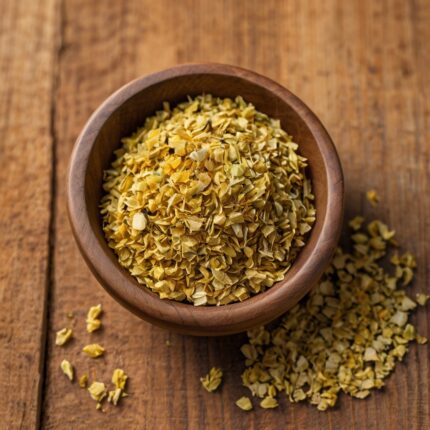Dried mint refers to mint leaves that have been dried, preserving the flavor, aroma, and beneficial properties of the plant. This substance is often used in culinary and medicinal applications, as well as in aromatherapy. While fresh mint has a bright and crisp taste, dried mint offers a more concentrated, slightly earthy, and aromatic flavor. Dried mint can be used in cooking, teas, skincare, and other health-related applications.
Applications of Dried Mint:
-
Culinary Uses: Dried mint is a versatile herb that can be used in a variety of dishes, adding an aromatic, cooling, and refreshing flavor. Its concentrated taste makes it ideal for foods that require longer cooking times or for use in pickles and preserves.
- Teas: Dried mint is often used to prepare mint tea, which is both calming and refreshing. It can be used alone or combined with other herbs such as chamomile or lemon balm.
- Middle Eastern and Mediterranean Cuisine: Dried mint is frequently used in Middle Eastern and Mediterranean dishes such as tabbouleh, yogurt dips (like tzatziki), or lamb-based meals. It is often paired with cucumbers and tomatoes in salads or served alongside rice pilafs.
- Sauces and Garnishes: Dried mint is used in sauces like mint chutney or mint sauce, often served with meat or as a garnish for vegetables. It can also be sprinkled on salad dressings or over grilled vegetables.
- Baking and Desserts: In some cultures, dried mint is used in baking, such as in biscuits, cakes, or desserts. It pairs well with chocolate, nuts, or fruity flavors.
- Desserts: Dried mint can be sprinkled on desserts such as chocolate mousse, ice cream, or panna cotta to add a refreshing contrast to sweet flavors.
- Seasonings and Spice Blends: Dried mint can be included in spice blends such as Ras el Hanout, Garam Masala, or Za’atar and used in pickles, chutneys, and stews.
- Smoothies and Beverages: Dried mint can be rehydrated and added to smoothies, fruit juices, or cocktails such as mojitos, mint juleps, or lemonades to provide a fresh, herbal touch.
-
Medicinal and Health Uses:
- Digestive Health: Dried mint is often used in herbal teas to relieve digestive discomfort, reduce bloating, and soothe stomachaches. Drinking mint tea after meals can aid digestion and help prevent acid reflux.
- Relief from Headaches and Migraines: Mint, especially in the form of tea or essential oil, is often used to alleviate headaches and migraines. Menthol in mint helps improve blood circulation, which can reduce pain.
- Relief for Respiratory Issues: Dried mint is beneficial for treating respiratory conditions such as colds, coughs, and sinus congestion. Menthol helps open up the airways and alleviates symptoms of congestion. Drinking mint tea or inhaling steam with dried mint can provide relief.
- Stress and Anxiety Relief: Menthol in mint has a calming effect that can help reduce stress and anxiety. Drinking mint tea or inhaling mint steam can promote relaxation and soothe the mind.
- Anti-Nausea: Mint is known as an effective remedy for nausea, whether caused by dizziness, morning sickness, or stomach discomfort. Drinking mint tea or chewing dried mint leaves can provide relief.
- Anti-Inflammatory:The anti-inflammatory properties of mint make it beneficial for treating conditions such as Irritable Bowel Syndrome (IBS), arthritis, and muscle pain. Using peppermint oil topically or consuming mint-containing products can help reduce inflammation in the body.
-
Aromatherapy:
- Peppermint Essential Oil: Peppermint essential oil (extracted from fresh or dried mint leaves) is used in aromatherapy to stimulate the senses, enhance mental clarity, and reduce stress and anxiety. It can also be used in diffusers or applied topically (when diluted) for its cooling and calming effects.
- Mental Clarity:The scent of mint helps stimulate the mind and improve cognitive performance. It can be used to enhance focus, alertness, and concentration, making it ideal for study or work environments.
-
Skincare:
- Acne Treatment: Due to its antibacterial and anti-inflammatory properties, dried mint can be used in skincare products to treat acne and skin irritations. Mint extracts are often included in toners and facial masks to cleanse pimples and reduce inflammation.
- Cooling Effect for Irritations: Mint can be applied to the skin to soothe irritations caused by sunburn, itching, or insect bites. Menthol in mint has a cooling effect that can reduce redness and calm the skin.
- Anti-Aging Properties: Mint is rich in antioxidants, which help combat free radical damage and reduce signs of aging, such as wrinkles and fine lines. Mint extracts are sometimes found in anti-aging creams and lotions.
| Nutritional | Values | per 100 Grams of Dried Mint
| Calories | 286 |
| Protein | 6g |
| fat | 4g |
| Saturated Fat: | 0.5 g |
| Carbohydrates | 75g |
| Dietary Fiber | 60g |
| sugar | 1–2 g |
| vitamin A | 4,500–5,000 |
| vitamin C | 50 |
| vitamin K | 300 |
| folate | 120 |
| vitamin B6 | 0.4–0.5 |
| Calcium | 250 |
| iron | 10–15 |
| Magnesium | 100 |
| Potassium | 900 |
| zinc | 1–2 |
